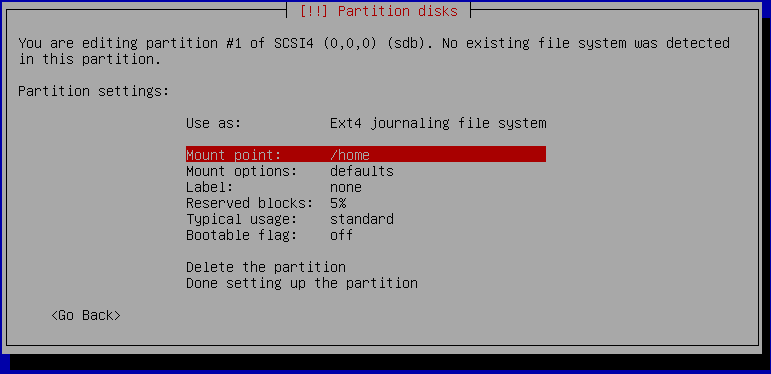
- Install bootloader on usb debian how to#
- Install bootloader on usb debian software#
- Install bootloader on usb debian download#
The result is hosted on the openSUSE Open Build Service (OBS) infrastructure.
Install bootloader on usb debian software#
I spent the past few days packaging the Raspberry PI Imager software for Ubuntu, Debian, Fedora and openSUSE. Well, wait a minute…what about the other popular Linux distributions such as Debian, Fedora and openSUSE? No worries.
Install bootloader on usb debian download#
Did I get you interested? Great! There is just one little snag: If you go to the Raspberry PI website to download it, you can only download it for Windows, macOS and Ubuntu. I can highly recommend using the Raspberry PI Imager application for installing the operating system on the micro SD card of your Raspberry PI. For example changing the default hostname, enabling SSH and configuring the WiFi network connection.

What you might not yet know is that the Raspberry PI foundation developed their own tool for this.
Install bootloader on usb debian how to#
Refer to the article about how to perform a minimal install on your Raspberry PI for an example that features Balena Etcher. You can find an example of using the dd program for this purpose in the article about setting up your Raspberry PI 4 as a headless server.

There is just one snag if you run Linux: the Raspberry PI Imager application is currently only packaged for Ubuntu. No more fiddling around with dd command-line parameters in the terminal. The relatively new Raspberry PI Imager application is great for downloading, configuring and writing the Raspberry PI operating system to your micro SD card.


 0 kommentar(er)
0 kommentar(er)
